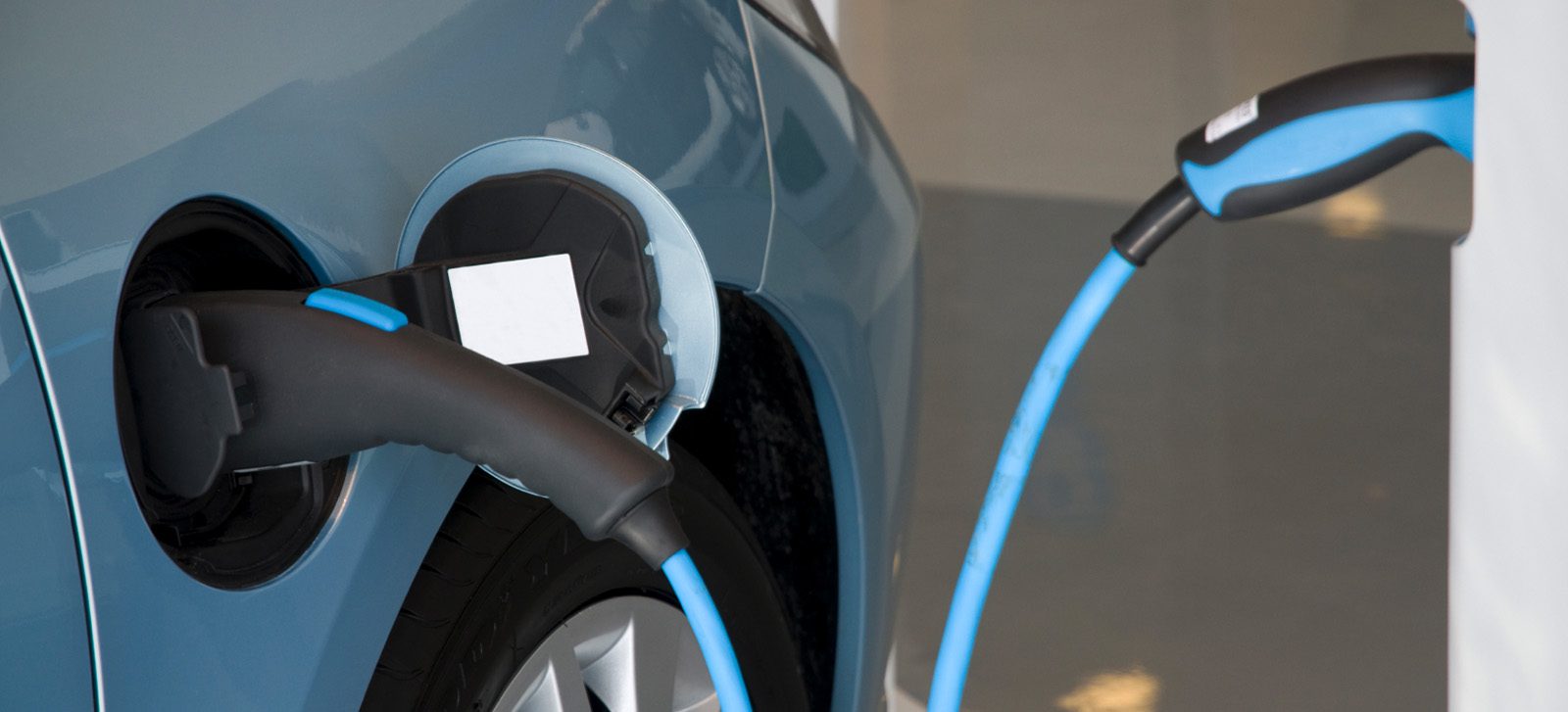
Electric Vehicles: What’s Holding Canadian Drivers Back?
ARTICLE BY
BRENDA SHARPE
More and more types of electric vehicles (EVs) have been coming on the market recently, but they are still a curiosity in many communities. What will it take for them to become a familiar fixture on the nation’s roads?
Pollution Probe’s Electric Mobility Adoption and Prediction (EMAP) project is designed to find out how to make EVs an easier option for drivers, and how local utility companies can better plan and manage their distribution systems to be ready as EVs become more mainstream. The findings inform the development of strategies to accelerate consumer adoption of EVs, which are the primary outputs of the project. The EMAP project has received more than $1 million in support from Natural Resources Canada’s ecoENERGY Innovation Initiative.
As part of the EMAP study, Environics conducted a pilot survey in Toronto, followed by five telephone surveys in nine municipalities (Ottawa; Hamilton and St. Catharines; London; Markham, Richmond Hill and Vaughan; and Calgary and Edmonton). Each market was analyzed using Environics Analytics’ PRIZM segmentation system, to locate segments of the population with characteristics of early EV adopters: segments that are more affluent than the average Canadian, and with higher levels of interest in the environment, in technology, and in spending on the things that interest them. Respondents were further screened to make sure they were licensed drivers, household vehicle purchase decision-makers, and had purchased recently, or intended to purchase, a late model vehicle.

The major factor in the EV purchase decision is not how green they are, but how well they will fit into drivers’ lives
Find out how Environics can help your organization
Related insights



Toronto
366 Adelaide Street West
Suite 101, Toronto, ON
Canada M5V 1R9
416 920 9010
Ottawa
116 Albert St
Suite 300, Ottawa, ON
Canada K1P 5G3
613 230 5089
Calgary
421 7th Ave SW
Suite 3000, Calgary, AB
Canada T2P 4K9
403 613 5735
